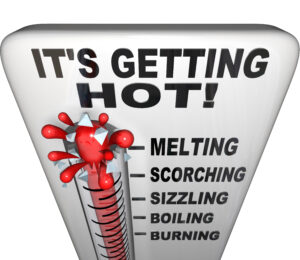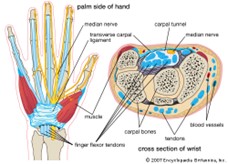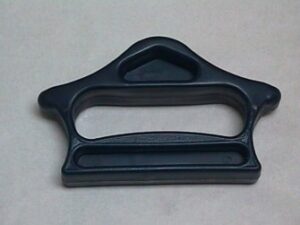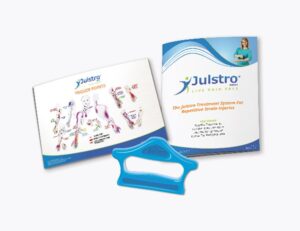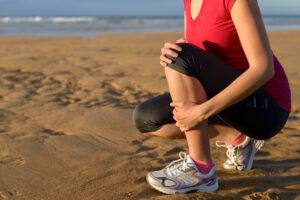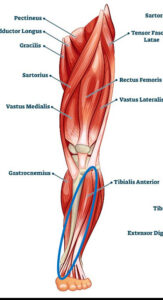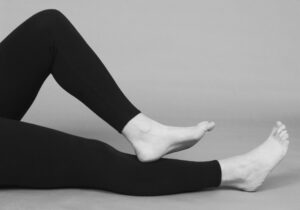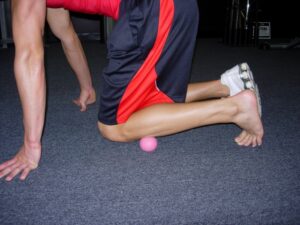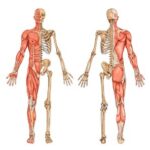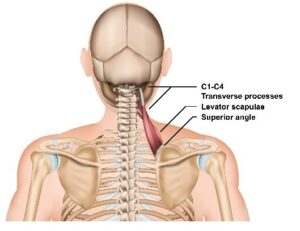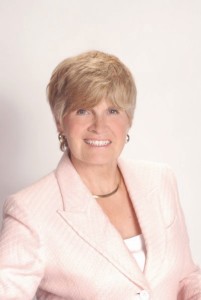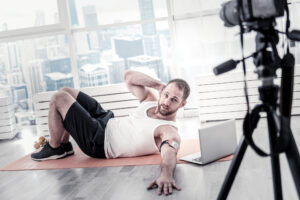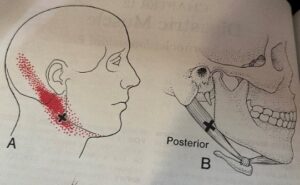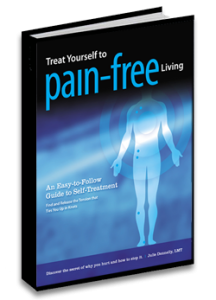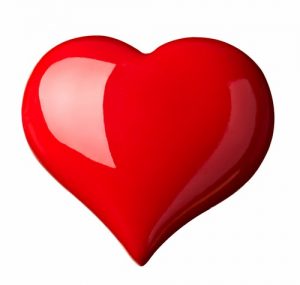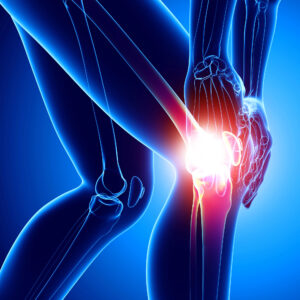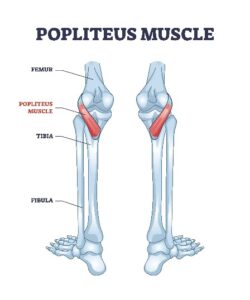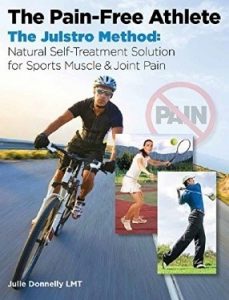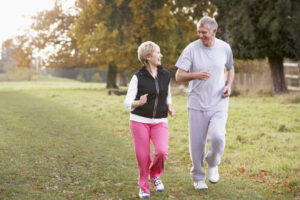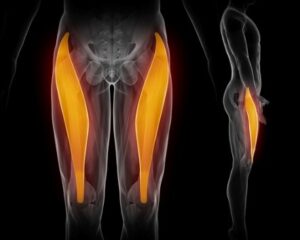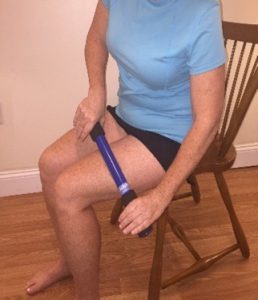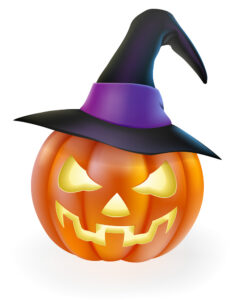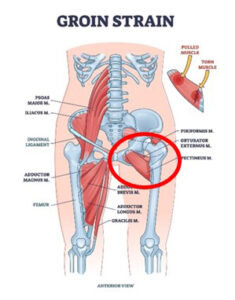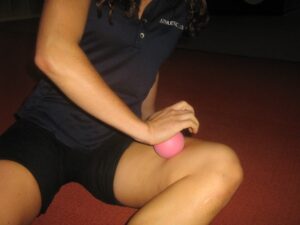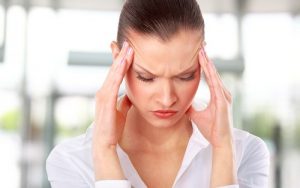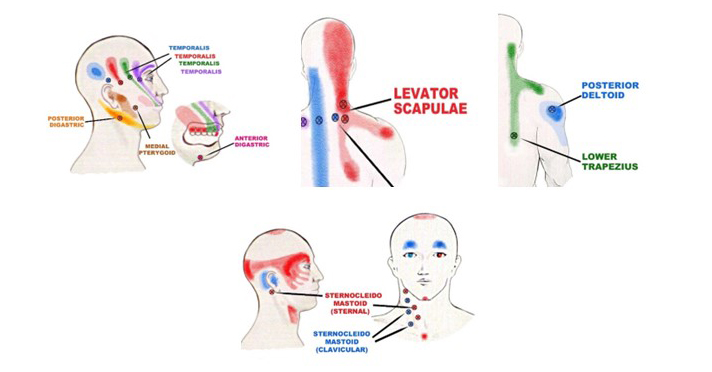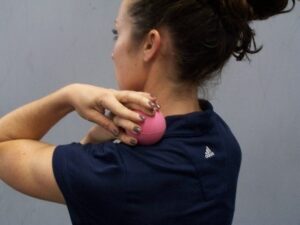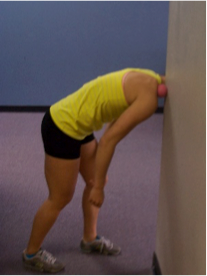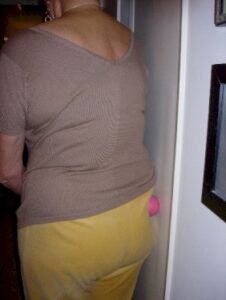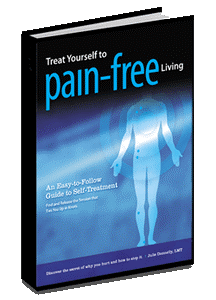Be Prepared When Muscle Pain Happens
Author: Julie Donnelly, LMT – The Pain Relief Expert
Editor: Dr. Steve Chaney
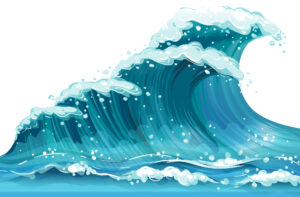 I hope your summer went well and that you survived Debbie and Francine without too much damage. When Debbie came through South Florida the building where I have my office was flooded with 18” of water, and the area around Unity Church was under 3’ of water in some places!
I hope your summer went well and that you survived Debbie and Francine without too much damage. When Debbie came through South Florida the building where I have my office was flooded with 18” of water, and the area around Unity Church was under 3’ of water in some places!
There are long pine needles that have been blanketing my garden for several years. They always annoyed me until I decided to just use them as mulch and get over it.
They turned out to be a blessing. As the water rushed toward my front door, it picked up the needles, which got pushed under the rubber mat at my door. Between the mat and the needles, it formed a dam, and the water rushed to both sides, but not in my office!
So, I’m working as usual even though the building is going through some construction caused by the floods.
September ended with two wonderful things happening, proving to me that I can’t stop doing my work until I have someone trained to take my place.
Pain Relief After 38 Years!
The first example was a woman who has been in terrible pain since a surgery she had in 1986. On her first visit we were able to lower her pain level by about 90% and on her second visit it ended the pain totally. Then muscle memory set in and, since the muscles were held tight for 38 YEARS, 2 days later they tightened up again.
She came back into the office, and it didn’t take long to release the tension and go over the self-treatments I’d taught her on her first visit. She left feeling good. She also left feeling empowered because she felt more comfortable doing the self-treatments correctly.
A Reader Who Helped A Friend
 The second example was really interesting. A woman named Margie, who lives in California, sent me an email. I’ve never met her in person, and she had only read my book. But when a friend was having a severe calf cramp, Margie was able to help her.
The second example was really interesting. A woman named Margie, who lives in California, sent me an email. I’ve never met her in person, and she had only read my book. But when a friend was having a severe calf cramp, Margie was able to help her.
She wrote:
“Hi Julie, I just had to share what happened this past weekend. I was at a performance of the Pasadena Symphony orchestra when my friend sitting next to me was hit with an excruciating cramp in her calf! It happened at a quieter moment during the concert and not at a time when she could stand up or do anything except be in intolerable pain!!
I was able to quickly apply the Julstro Method for cramps that you had taught me. Within moments she said the pain had subsided enough to be doable until it eventually went totally away. It made me feel so good to be able to help her.
Thank you for your great instruction to me and she thanks you also!! Needless to say, you have another fan.”
I can’t tell you how happy this message made me. I asked her permission and then I posted it on my LinkedIn page for others to see.
You don’t need to stay in pain, you can treat the muscles. Frequently that is all that was wrong in the first place!
Quick Relief For Calf Cramps
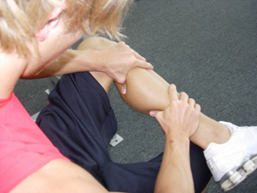 Here are the steps I teach for leg cramps:
Here are the steps I teach for leg cramps:
1) Grip your calf muscle as shown in this picture. This will really hurt, but a calf cramp hurts for minutes at a time, and this will shorten the time span for the cramp
Hold your hands and continue pushing the muscle together until you can begin to breathe normally again. Continue holding it another 30 seconds, bringing in as much oxygen as possible with slow, deep, breathing.
2) Release your hands and keep breathing deeply.
3) Repeat #1. This time it won’t hurt, but you are helping any last muscle fibers to complete the contraction before you move to release the spasm.
4) Begin to squeeze your entire calf as if you were squeezing water out of a thick towel. Move from the top of your calf and go down toward your ankle. This will feel good, so do it for as long as you can.
5) It is now safe to stretch your calf muscle because the cramp has completed, and you have flushed out the toxins. Stretch slowly, and don’t go past the point of “feels so good”. You don’t want to overstretch.
May it help you out with your next leg cramp and/or those you are near who suffer a leg cramp. Enjoy!
Be Prepared For When Muscle Pain Happens
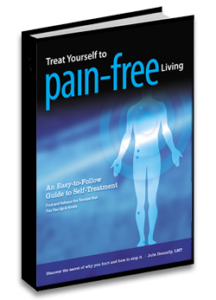 This is the book that Margie has, and where she learned what to do with a calf cramp.
This is the book that Margie has, and where she learned what to do with a calf cramp.
For only $47 you can discover how to stop pain from headaches to foot pains. You never know when you will need this valuable resource!
Click here for information on books, and other self-treatment products I’ve developed to help you stop pain FAST!
If you, or someone you know, is having chronic pain, please call me and we will work together to get relief quickly!
Wishing you well,
Julie Donnelly
www.FlexibleAthlete.com
These statements have not been evaluated by the Food and Drug Administration. This information is not intended to diagnose, treat, cure, or prevent any disease.
_____________________________________________________________________________
My posts and “Health Tips From the Professor” articles carefully avoid claims about any brand of supplement or manufacturer of supplements. However, I am often asked by representatives of supplement companies if they can share them with their customers.
My answer is, “Yes, as long as you share only the article without any additions or alterations. In particular, you should avoid adding any mention of your company or your company’s products. If you were to do that, you could be making what the FTC and FDA consider a “misleading health claim” that could result in legal action against you and the company you represent.
For more detail about FTC regulations for health claims, see this link.
https://www.ftc.gov/business-guidance/resources/health-products-compliance-guidance
_______________________________________________________________________
About The Author
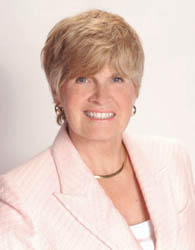 Julie Donnelly has been a licensed massage therapist since 1989, specializing in the treatment of chronic pain and sports injuries. The author of several books including Treat Yourself to Pain-Free Living, The Pain-Free Athlete, and The 15 Minute Back Pain Solution.
Julie Donnelly has been a licensed massage therapist since 1989, specializing in the treatment of chronic pain and sports injuries. The author of several books including Treat Yourself to Pain-Free Living, The Pain-Free Athlete, and The 15 Minute Back Pain Solution.
Julie has also developed a proven self-treatment program for the symptoms of carpal tunnel syndrome.
She has a therapy practice in Sarasota, Florida, and she travels around the USA to teach massage and physical therapists how to do the Julstro Method, and she also teaches self-treatment clinics to anyone interested in taking charge of their own health and flexibility.
She may be reached at her office: 919-886-1861, or through her website: www.FlexibleAthlete.com
About The Editor
 Dr. Chaney has a BS in Chemistry from Duke University and a PhD in Biochemistry from UCLA. He is Professor Emeritus from the University of North Carolina where he taught biochemistry and nutrition to medical and dental students for 40 years.
Dr. Chaney has a BS in Chemistry from Duke University and a PhD in Biochemistry from UCLA. He is Professor Emeritus from the University of North Carolina where he taught biochemistry and nutrition to medical and dental students for 40 years.
Dr. Chaney won numerous teaching awards at UNC, including the Academy of Educators “Excellence in Teaching Lifetime Achievement Award”. Dr Chaney also ran an active cancer research program at UNC and published over 100 scientific articles and reviews in peer-reviewed scientific journals. In addition, he authored two chapters on nutrition in one of the leading biochemistry text books for medical students.
Since retiring from the University of North Carolina, he has been writing a weekly health blog called “Health Tips From the Professor”. He has also written two best-selling books, “Slaying the Food Myths” and “Slaying the Supplement Myths”. And most recently he has created an online lifestyle change course, “Create Your Personal Health Zone”. For more information visit https://chaneyhealth.com.
For the past 45 years Dr. Chaney and his wife Suzanne have been helping people improve their health holistically through a combination of good diet, exercise, weight control and appropriate supplementation.

